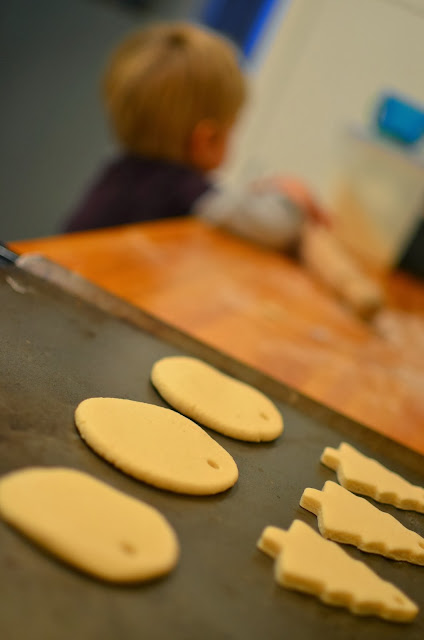"Oh, and I got promoted to winemaker this morning."
I nearly fell off my chair. We'd been talking about him becoming a full-blown winemaker ever since our dreams of the wine industry took root. And now, in the blink of an eye, here it was. The real deal. Winemaker.
Holy cow (that's the PG version). I'm so proud of you babe.
After the initial giddy shock wore off, we did what any other couple faced with a promotion does: daydream about how this was going to change our lives. You know where this is going...to the land of, "Now we can buy a new house/car/fill in big-ticket item here." Before you knew it, we were trolling Trulia and ogling diesel pickup trucks.
As a writer of a frugal blog I'm kinda ashamed to admit that it took a late night visit via public television from Suze Orman to snap me out of it. It's just so easy to get caught up in the frenzy of the thought of what new money can buy. It feels like a drug. You want that big ticket item you've been waiting for and you want it NOW.
After returning to earth (from Google Earth, where a million dollar house with vineyard views looks quite nice...and way out of our price range), we realized we needed to back-up. Way up. Why were we even thinking about buying these things in the first place? It was time to go back to the financial planning process and revisit our goals.
Whenever an unexpected financial windfall comes your way there are lot of questions you should ask yourself. Here are a few we're pondering right now.
- What are my goals? This is a pretty basic question, but so important. It should be the first thing you ask yourself when it comes to how you spend your money. In our case, some of our goals include funding our children's education, buying a larger home for our growing family, replacing our 10+ year-old cars, and funding our retirement at 15% of our gross income/year.
- Should I change my standard of living? It may be tempting to spend/shop more now that you're making more, but do you really need to? For example, we've proven to ourselves we can live on $75 a week for groceries. Do we really need to relax our budget - or can we stick to it and instead put the money saved towards our goals?
- Do I need to increase my emergency fund? You should have a minimum of eight months of expenses saved in a savings or money market account in the case of an emergency. This money is not to be touched unless there is a real emergency - like you loose your job. When extra income comes into the picture, this is the perfect time to increase your emergency fund if need be. One thing we are exploring this time around is using a Roth IRA for a portion of our emergency fund.
- Thinking about a big purchase - like buying a house? Practice the new payments. For example, we'd love to get a larger home but are concerned about affordability. How much of our monthly income can we spend on housing and not feel financially stretched/stressed? As we ponder our next move, we're going to pretend we have a higher monthly payment and save those extra dollars into our down-payment fund. That way we're increasing our down-payment and proving to ourselves - before we sign on the dotted line - that we can afford a higher mortgage.
- Increasing/buying life insurance. If you've been thinking about buying life insurance or increasing the amount you have, this is an excellent time to do it.
What are some of the financial questions you ask yourself when you get a raise or a new job? Please share in the comments!
Cheers,
Julie
You might also like...
1. Bye-bye student loans: How we paid off $50K in one year
2. Eating Well on the Cheap: Keeping a stocked freezer
3. How we spend $50 or less a month at restaurants















